| Great Theater | Curetes Way | Trajan's Fountain | ||
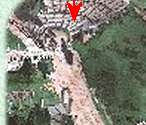 |
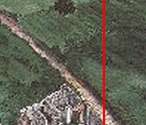 |
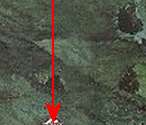 |
 |
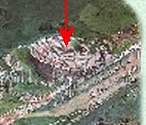 |
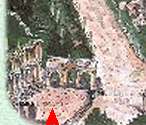 |
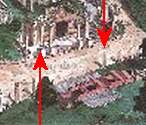 |
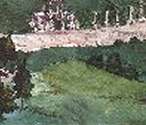 |
 |
 |
| Celsus' Library | Hadrian's Temple | Hillside houses |
THE ANCIENT CITY OF EPHESUS
|
Click on the red captions for a larger view of each item - close out the window to return ABOUT EPHESUS: The city of Ephesus is one of the most beautiful of the ancient world. The present-day ruins still reflect this beauty. Excavations are going on at a steady pace, but one could spend a great deal of time studying and savoring the beauties already discovered. Ephesus lies near the western coast of modern Turkey (ancient Anatolia). Its location was determined both by its relationship to the Cayster River and a protected harbor on the Aegean Sea. It began life as a colony of the Ionians (Greeks) after 1000 BC. It became prominent as the Roman capital of the Province of Asia Minor from 133 BC. In the 6th century AD, its harbor was silting up and becoming unusable – largely due to the denuding of the hills surrounding it – and was repeatedly raided by Arabs. It fell into disuse and has been heavily excavated for more than a hundred years. In the time of Paul, the city was quite large with a population of over 250,000. It had a central city and a widespread number of suburbs. It was a major commercial center and religious center. Ephesus was home to the Temple of Artemis (Diana) in ancient times. This magnificent place was considered one of the seven wonders of the ancient world. The original temple was destroyed by an arsonist in the very night, it is said, that Alexander the Great was born (356 BC). A second Temple was built in its place, and the city remained a great center for pilgrimage. Ephesus is referred to in the Book of Acts (esp. chapters 19-20), the Book of Revelation, and Paul wrote a Letter to this Church also included in the New Testament. Paul likely spent more time in this city than any other – some 2 ˝ years. It is also likely that he wrote his Letters to Corinth from this place. Tradition tells us that John, the beloved disciple, eventually brought Blessed Mary (the Mother of Jesus) to Ephesus, where she lived out her final years. The city became an important center of Christianity in the early Church and was the site of Third Ecumenical Council in 431 AD. Tour: (click on the highlighted words for a view of the item) We begin at the Great Theater, begun in reign the Emperor Claudius and finished in the reign of the Emperor Trajan (mid to late 1st century AD). It seated over 24,000 people and its size is quite impressive. We move along a street known as the Marble Sacred Road. It is paved and one can still see the remains of the ancient sewage system here. The road leads to Library Square and the Celsus Library built in 135 AD by a wealthy citizen in honor of his father. Although Paul would not have known this building, it reflects that the populous was sophisticated and literate. We come next to Hadrian’s Temple, built in honor of the Emperor Hadrian about 125 AD. Heading uphill, to the east, is the Curetes Way. This street is also paved with marble. Small side streets lead of it to various areas where fountains, baths, and even brothels were to be found. (One brothel is marked by a special entrance.) Along the way is Trajan’s Fountain, built by the Emperor Trajan (98-117 AD). The Odeon was a smaller venue used for concerts, poetry readings and civic ceremonies. It seated about 2000 people and was completed about 200 AD. Views from the upper city and all along the street that leads from Library Square up the hill are spectacular. The street was heavily colonnaded, and there are glimpses of the rich life of the people in their hillside homes – with rich mosaic floors.
|
| For a fascinating panoramic tour of the city, at another website, click here. |